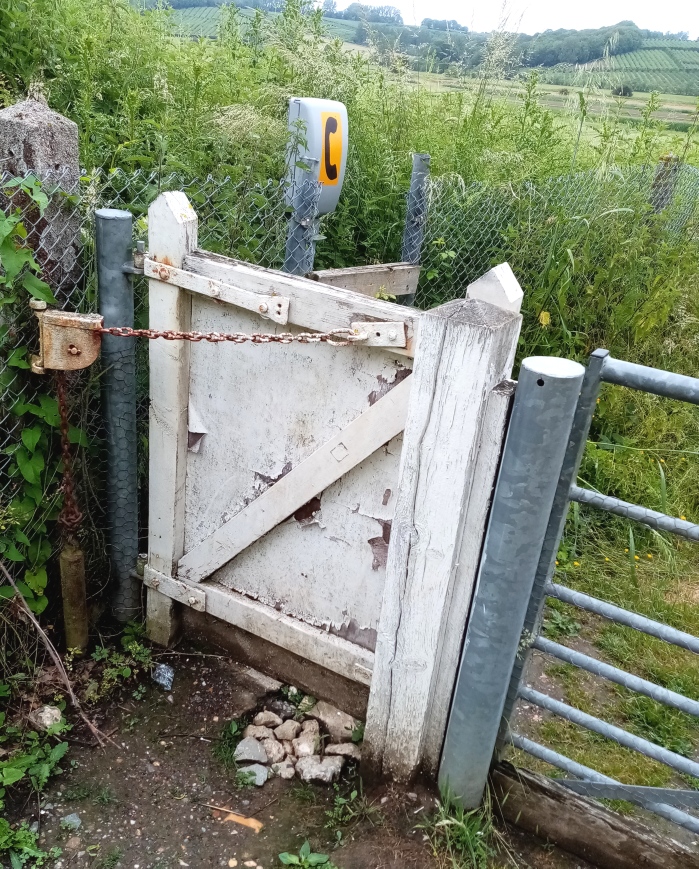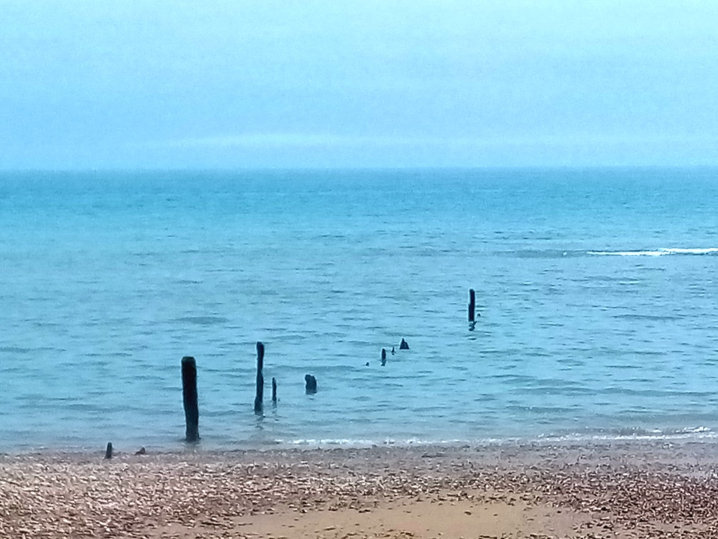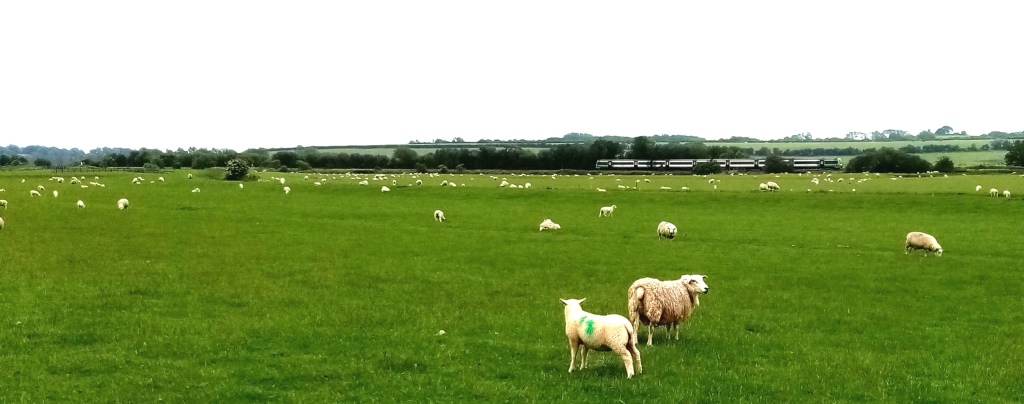
On this day in 1826 Charles Lamb replies to John Dibdin who has written from Hastings, Sussex, where Charles and Mary Lamb had enjoyed many walks on their own holidays.
Let me hear that you have clamber’d up to Lover’s Seat; it is as fine in that neighbourhood as Juan Fernandez, as lonely too, when the Fishing boats are not out; I have sat for hours, staring upon a shipless sea. The salt sea is never so grand as when it is left to itself. One cock-boat spoils it. A sea-mew or two improves it.
By the way, there’s a capital farm house two thirds of the way to the Lover’s Seat, with incomparable plum cake, ginger beer, etc.
from “The Works of Charles and Mary Lamb — Volume 6 Letters 1821-1842
Four miles from Hastings, the Lovers’ Seat is on the Fairlight cliff, seen here from Pett Level on a day when clouds were forming at the cliff top. Although the beach often has families enjoying the sand that lies below the shingle seen here, a little way off are quiet spots where one can stop and stare. A rare solitude for Lamb, the convinced Londoner.
Where and when today can I find a few minutes of solitude with God and creation?
Juan Fernandez is a group of Islands in the Pacific Ocean belonging to Chile; it includes Robinson Crusoe Island, though that name was not in use in 1826.
Sea-mew: sea gull, especially the common gull.


















 ast year, for reasons that now escape me, I took my beloved Brompton bike for a ride around Rye, across the border into Sussex, as a reflective part of my birthday celebration. I passed to the north of a field of sunflowers, which, being sun-worshippers, all had their backs to me.
ast year, for reasons that now escape me, I took my beloved Brompton bike for a ride around Rye, across the border into Sussex, as a reflective part of my birthday celebration. I passed to the north of a field of sunflowers, which, being sun-worshippers, all had their backs to me.
